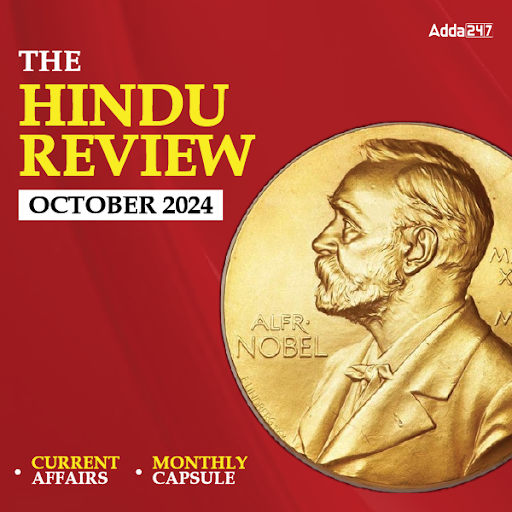Directions (1-5): Study the following information carefully and answer the questions given below:
Eight persons Ram, Ruchi, Ravi, Roshan, Raaz, Ricky, Rupam and Rajiv are sitting around a circular table facing the centre. Ram sits third to the left of Ruchi and second to the right of Ricky. Roshan does not sit next to Ram or Ruchi. Ravi and Rupam sit adjacent to each other. Rajiv does not sit adjacent to Roshan and Ravi does not sit adjacent to Ruchi.
Q1. Who among the following sits opposite Ram?
(a) Rajiv
(b) Raaz
(c) Ricky
(d) Ravi
(e) None of the above
Q2. Who among the following sits second to the left of Raaz?
(a) Ravi
(b) Roshan
(c) Ricky
(d) Rupam
(e) None of the above
Q3. Who among the following sits exactly between Ruchi and Roshan?
(a) Raaz
(b) Ricky
(c) Ravi
(d) Rupam
(e) None of the above
Q4. What is the position of Rajiv with respect to Ruchi?
(a) Second to the right
(b) Third to the left
(c) Fourth to the right
(d) Immediate right
(e) None of the above
Q5. Who among the following sits on the immediate left of Rupam?
(a) Raaz
(b) Ravi
(c) Ram
(d) Roshan
(e) None of the above
Directions (6-10): In these questions, a relationship between different elements is show in the statements. The statements are followed by two conclusions. Give answer
(a) If only conclusion I is true
(b) If only conclusion II is true
(c) If either conclusion I or II is true
(d) If neither conclusion I nor II is true
(e) If both conclusion I and II are true
Q6. Statement:C = T≥ P ≥ N > T = X ≤ L
Conclusions: I. C ≥ N II. L > T
Q7. Statement: Q = R > M ≥ S, G > H ≤ R
Conclusions: I. G > M II. H ≥ S
Q8. Statement: N < P = C < K = T ≥ H
Conclusions: I. C < T II. K > N
Q9. Statement: D > W ≥ P = E ≤ S < U = V
Conclusions: I. V > P II. E < D
Q10. Statement: X = T ≥ V > N ≥ S, G > W = S
Conclusions: I. V < G II. T > W
Directions (11-15): Study the following information carefully and answer the questions given below:
Eight friends Sameer, Sally, Salina, Sadie, Suchi, Shanky, Shane and Smith are sitting around a circular table. Three of them are facing the centre.
Suchi is not an immediate neighbor of Sadie or Salina. The one who sits exactly between Sadie and Shanky is not facing the centre. Shane is third to the right of Sameer and is facing the centre. Salina is third to the left of Sadie and both are facing the centre. Shanky is immediate neighbor of Suchi but not the neighbor of Sameer. Sally does not sit second to the right of Shane.
Q11. Who among the following is second to the right of Sally?
(a) Suchi
(b) Sameer
(c) Salina
(d) Shane
(e) Other than given as options
Q12. Who among the following sits opposite Salina?
(a) Sally
(b) Sameer
(c) Shane
(d) Smith
(e) Shanky
Q13. Who among the following sits third to the left of Salina?
(a) Sadie
(b) Suchi
(c) Shanky
(d) Shane
(e) None of the above
Q14. What is the position of Shanky with respect to Sally?
(a) Third to the right
(b) Second to the left
(c) Immediate left
(d) Immediate right
(e) None of the above
Q15. Who among the following are immediate neighbours of Sameer?
(a) Sadie, Smith
(b) Sadie, Sally
(c) Salina, Smith
(d) Salina, Suchi
(e) None of the above
S1. Ans.(b)
S2. Ans.(d)
S3. Ans.(a)
S4. Ans.(c)
S5. Ans.(b)
S6. Ans.(a)
Sol. Given statements:
C = T ≥ P ≥ N > T = X ≤ L
So, C ≥ N is true. Hence I is true.
Again, we can’t compare L and T.
Hence II (L > T) is not true. Hence only I is true.
S7. Ans.(d)
Sol. Given statements:
Q = R > M ≥ S …(i)
G > H ≤ R …(ii)
Combining both the statements, we get
G > H ≤ R = Q > M ≥ S
Thus, we can’t compare G and M or H and S.
Hence I (G > M) is not true.
Again, II (H ≥ S) is not true.
Hence neither conclusion I nor II is true.
S8. Ans.(e)
Sol. Given statements:
N < P = C < K = T ≥ H
Thus, C < T is true. Again N < K or K > N is true.
Hence both conclusion I and II are true.
S9. Ans.(e)
Sol. Given statements:
D > W ≥ P = E ≤ S < U = V
Thus, P < V or V > P is true.
Again, D > E or E < D is true.
Hence both are true.
S10. Ans.(b)
Sol. Given statements:
X = T ≥ V > N ≥ S …(i)
G > W = S …(ii)
Combining both the statements, we get
X = T ≥ V > N ≥ S = W < G
Thus, we can’t compare V and G. Hence (V < G) is not true.
Again, T > W is true.
Hence only II is true.
Solution(11-15):
S11. Ans.(b)
S12. Ans.(a)
S13. Ans.(c)
S14. Ans.(c)
S15. Ans.(a)



 General Awareness Quiz for Bank Mains Ex...
General Awareness Quiz for Bank Mains Ex...
 English Language Quiz For Bank Foundatio...
English Language Quiz For Bank Foundatio...
 Reasoning Quiz For Bank Foundation 2024 ...
Reasoning Quiz For Bank Foundation 2024 ...




